- The Dangers of Nitrates:
- Health Risks:
- Reducing Nitrate Levels in Vegetables:
- Conclusion:
- How to Reduce Their Presence in Vegetables
- 1. Choose Fresh Vegetables
- 2. Opt for Organic Vegetables
- 3. Clean Thoroughly
- 4. Cook Properly
- 5. Store Correctly
- 6. Eat a Varied Diet
- 7. Limit Processed Foods
- 8. Be Mindful of Water Sources
- 9. Consult a Nutritionist
- Understanding Nitrates and Their Impact on Health
- How do Nitrates Get into Vegetables?
- The Health Risks Associated with Nitrates
- How to Reduce Nitrate Levels in Vegetables
- The Link Between Nitrates and Chronic Diseases
- Identifying Nitrates in Vegetables
- Factors that Contribute to Nitrate Levels in Vegetables
- The Importance of Proper Vegetable Storage
- Key Factors in Vegetable Storage
- Recommended Vegetables Storage Methods
- Effective Cooking Methods to Reduce Nitrates
- 1. Steaming
- 2. Boiling
- 3. Blanching
- 4. Roasting
- 5. Grilling
- The Role of Organic Farming in Reducing Nitrates
- Overall Strategies for Reducing Dietary Nitrate Intake
- “Question-Answer”
- Are nitrates harmful to our health?
- How do nitrates end up in vegetables?
- What are the health risks associated with consuming vegetables high in nitrates?
- Are there any ways to reduce the presence of nitrates in vegetables?
- What are some vegetables that are typically high in nitrates?
- “Video” Are Nitrates Harmful? – The Nerve Doctors
Nitrates are a chemical compound that is commonly found in vegetables and fruits. While they are naturally occurring, excessive levels of nitrates in food can be harmful to human health. Nitrate-containing fertilizers and pesticides are often used in agriculture to promote plant growth and pest control, but they can also contaminate the soil and water, leading to increased nitrate levels in crops.
Consuming foods with elevated nitrate levels has been associated with various health risks, including an increased risk of certain cancers and a potentially harmful impact on the cardiovascular system. Additionally, infants and young children are particularly vulnerable to the effects of nitrates, as their bodies are less efficient at converting nitrate to nitrite and then to harmless nitrogen.
To reduce the presence of nitrates in vegetables, there are several strategies that can be employed. One method is to choose organic produce, which generally has lower levels of nitrates because organic farming limits the use of synthetic fertilizers and pesticides. Another approach is to wash and cook vegetables properly, as this can help reduce nitrate levels by up to 30%. Cutting off the stems and leaves of leafy vegetables can also help, as nitrates tend to accumulate in these parts.
It’s also important to note that nitrates themselves are not the primary concern, but rather their conversion to nitrites, which can react with amino acids to form nitrosamines. Nitrosamines are known to be potent carcinogens. Therefore, it is advisable to avoid cooking vegetables at high temperatures for extended periods, as this can increase the formation of nitrosamines. Instead, steaming, microwaving, or lightly sautéing vegetables are recommended cooking methods to minimize nitrosamine formation.
By being aware of the dangers of nitrates and taking steps to reduce their presence in vegetables, we can protect our health and enjoy the nutritional benefits of these essential foods.
The Dangers of Nitrates:
Nitrates are a type of chemical compound that can be found naturally in the soil, water, and air. They are also commonly used in fertilizers and can be present in high levels in vegetables. While a certain amount of nitrates is necessary for plant growth, excessive levels can pose health risks to humans.
Health Risks:
Excessive consumption of nitrates through contaminated vegetables or drinking water can lead to health problems, especially for vulnerable populations such as infants, pregnant women, and individuals with certain medical conditions. Some of the potential health risks associated with high nitrate exposure include:
- Methemoglobinemia: Also known as “blue baby syndrome,” this condition occurs when nitrates are converted into nitrites in the body, reducing the oxygen-carrying capacity of the blood. It can cause symptoms such as shortness of breath, bluish skin discoloration, and lethargy.
- Cancer: High levels of nitrates have been linked to an increased risk of certain types of cancer, including stomach, esophageal, and bladder cancer.
- Thyroid Dysfunction: Exposure to nitrates has been associated with thyroid dysfunction, including hypothyroidism and goiter.
Reducing Nitrate Levels in Vegetables:
While it’s impossible to completely eliminate nitrates from vegetables, there are several steps you can take to reduce their presence:
- Choose organic: Organic farming practices typically involve less use of synthetic fertilizers, reducing the likelihood of high nitrate levels in vegetables.
- Rinse and cook: Washing vegetables thoroughly with water can help remove some of the nitrates on the surface. Cooking vegetables can also slightly reduce nitrate levels.
- Mix with low-nitrate foods: Incorporating low-nitrate vegetables into your meals can help dilute the nitrate content of the overall dish.
Conclusion:
While nitrates are naturally occurring compounds and are essential for plant growth, excessive levels can pose health risks. It’s important to be aware of the potential dangers and take steps to reduce nitrate exposure, especially for vulnerable populations.
How to Reduce Their Presence in Vegetables
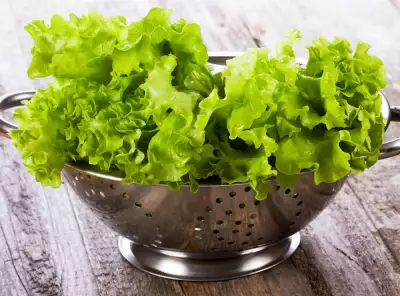
1. Choose Fresh Vegetables
When selecting vegetables, it is important to choose fresh ones. Fresh vegetables have lower levels of nitrates compared to older vegetables. Look for firm and vibrant vegetables with no signs of wilting or spoilage.
2. Opt for Organic Vegetables
Organically grown vegetables are less likely to contain high levels of nitrates. Organic farming practices avoid the use of synthetic fertilizers, which are a common source of nitrates. Choosing organic vegetables can help reduce the presence of nitrates in your diet.
3. Clean Thoroughly
Properly cleaning vegetables can help remove some of the nitrates. Rinse the vegetables under running water and use a brush to scrub off any dirt or debris. Peeling outer layers of vegetables, such as potatoes or carrots, can also help reduce nitrate levels.
4. Cook Properly
Cooking vegetables can help reduce their nitrate content. Boiling or steaming vegetables can cause some of the nitrates to leach into the cooking water. Discarding the cooking water can help reduce nitrate levels in the final dish. Avoid overcooking vegetables, as this can cause further nitrate breakdown.
5. Store Correctly
Proper storage of vegetables can help maintain their freshness and reduce nitrate levels. Store vegetables in the refrigerator at temperatures below 40°F (4°C). This can slow down the conversion of nitrates to nitrites, which are more harmful to the body.
6. Eat a Varied Diet
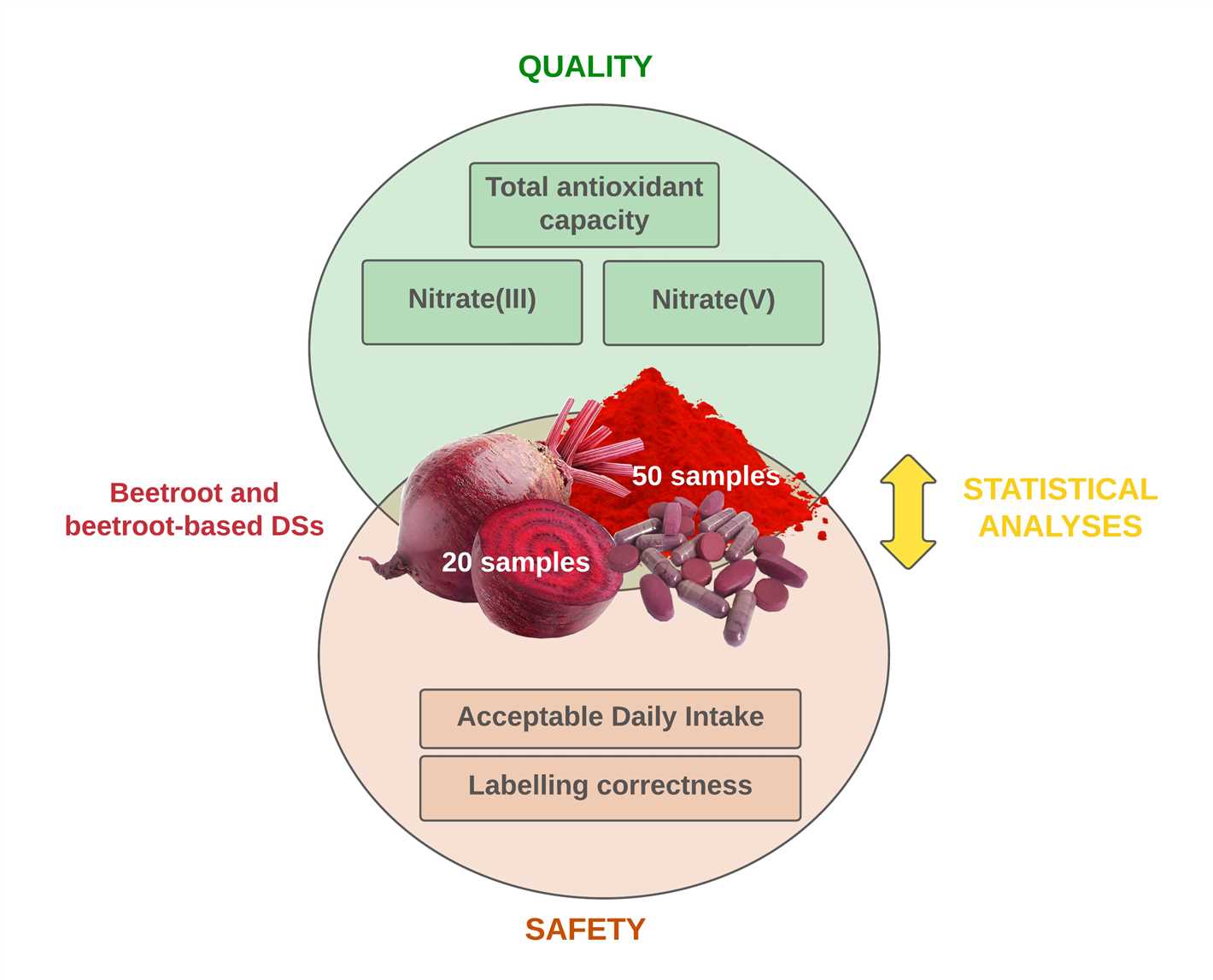
Consuming a varied diet can help reduce the impact of nitrates. Nitrates are primarily found in leafy greens, such as lettuce and spinach, as well as root vegetables like beetroot and radishes. By including a variety of vegetables in your diet, you can distribute the nitrate intake and minimize the risk.
7. Limit Processed Foods
Processed foods, such as canned vegetables or deli meats, may contain higher levels of nitrates due to preservatives. Limit the consumption of these foods and focus on fresh or frozen vegetables for a healthier option with lower nitrate content.
8. Be Mindful of Water Sources
Nitrates can also be present in drinking water, especially in areas with agricultural activity. If you rely on well water or have concerns about the quality of your tap water, consider using a water filter that can remove nitrates.
9. Consult a Nutritionist
If you have specific concerns about nitrate consumption or health conditions that may be affected by nitrate intake, it is advisable to consult a nutritionist or healthcare professional. They can provide personalized advice based on your dietary needs and health status.
By following these tips, you can reduce the presence of nitrates in your vegetables and promote a healthier diet.
Understanding Nitrates and Their Impact on Health
Nitrates are naturally occurring compounds that are found in soil, water, and many types of food, including vegetables. While nitrates themselves are not harmful, they can become a health concern when they are converted into nitrites and then further transformed into harmful nitrosamines in the body. Nitrosamines have been linked to various health issues, including certain types of cancer.
How do Nitrates Get into Vegetables?
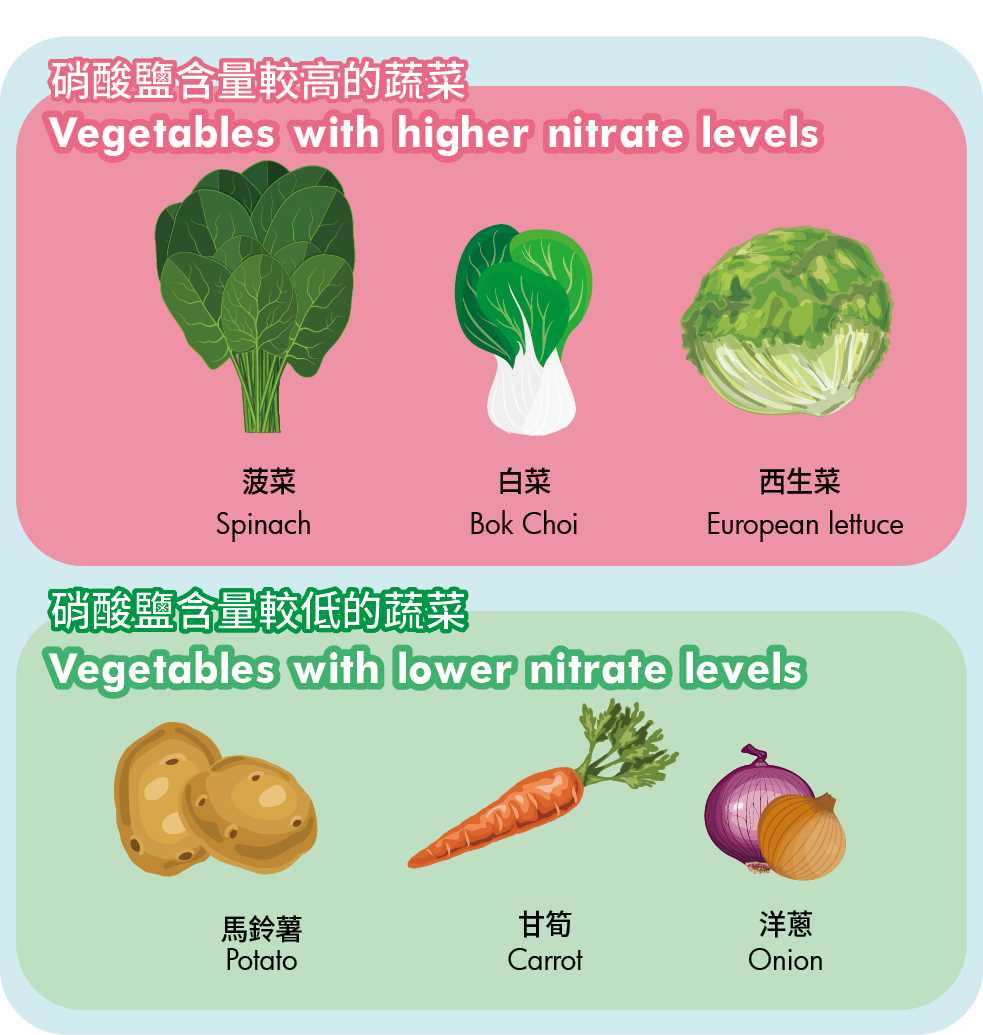
Nitrates can enter vegetables from the soil through the root system or through the application of nitrogen-based fertilizers. Additionally, they can be present in water used for irrigation. Certain vegetables, such as leafy greens and root vegetables, tend to accumulate higher levels of nitrates than others.
The Health Risks Associated with Nitrates
Consuming high levels of nitrates has been associated with an increased risk of developing certain types of cancer, particularly stomach and colorectal cancer. Nitrites, which are derived from nitrates, can react with certain components in the stomach to form nitrosamines, which are known carcinogens. In addition to cancer risk, high nitrate intake has also been associated with other health problems, such as methemoglobinemia, a condition that affects the body’s ability to transport oxygen.
How to Reduce Nitrate Levels in Vegetables
There are several ways to decrease nitrate levels in vegetables to reduce their potential health risks:
- Growing vegetables in organic soil: Using organic fertilizers and avoiding the use of synthetic fertilizers that contain high levels of nitrates can help reduce the amount of nitrates in the soil.
- Choosing low-nitrate vegetables: Certain vegetables naturally contain lower levels of nitrates. These include cabbage, broccoli, cauliflower, and Brussels sprouts.
- Proper cooking techniques: Boiling or steaming vegetables can help reduce nitrate levels, as nitrates are water-soluble and can leach out during these cooking methods.
- Removing the outer leaves: For leafy greens such as lettuce or spinach, removing the outer leaves can help reduce nitrate intake.
- Drinking filtered water: Using a filtration system to reduce nitrate levels in drinking water can also play a role in reducing overall nitrate intake.
By understanding the dangers of nitrates and taking steps to reduce their presence in vegetables, individuals can make healthier choices and lower their risk of potential health problems associated with nitrate consumption.
The Link Between Nitrates and Chronic Diseases
Nitrates are a common type of chemical compound found in vegetables, water, and other sources. While nitrates are naturally occurring, they can also be present as a result of human activities such as the use of fertilizers in agriculture. Despite their widespread presence, excessive consumption of nitrates has been linked to various chronic diseases.
Harmful Effects of Nitrates:
- Methemoglobinemia: Excessive intake of nitrates can lead to a condition called methemoglobinemia, also known as “blue baby syndrome.” This condition occurs when nitrates convert to nitrites in the body, interfering with the normal functioning of red blood cells. Methemoglobinemia can be particularly harmful to infants and young children, leading to oxygen deprivation and potentially fatal consequences if left untreated.
- Cancer: Research has suggested a potential link between high nitrate levels and the development of certain types of cancer. Nitrates can be converted by bacteria in the body into nitrosamines, which are known carcinogens. Epidemiological studies have found associations between nitrate consumption and increased risks of gastric, esophageal, and colorectal cancer.
- Cardiovascular Diseases: High levels of nitrates have been associated with an increased risk of cardiovascular diseases, including hypertension, heart disease, and stroke. Nitrates can contribute to the formation of nitric oxide (NO) in the body, which can have detrimental effects on blood pressure regulation and endothelial function.
Reducing Nitrate Intake:
To reduce the presence of nitrates in vegetables, it is important to adopt certain precautions:
- Washing and Peeling: thoroughly washing and peeling vegetables can help remove a significant amount of nitrates present on their surface.
- Cooking Methods: certain cooking methods, such as boiling or steaming, can help to reduce nitrate levels in vegetables. However, be mindful not to overcook as it may lead to nutrient loss.
- Choosing Organic Produce: organic farming practices often use lower amounts of chemical fertilizers, reducing the exposure to nitrates in vegetables.
- Diversifying Diet: incorporating a variety of vegetables in your diet can help reduce the risk of excessive nitrate intake from a single source.
- Limiting Processed Foods: processed foods, such as cured meats and canned vegetables, often contain higher levels of nitrates compared to fresh produce. Limiting their consumption can help decrease nitrate intake.
Conclusion:
While nitrates are naturally present in many vegetables, it is essential to be mindful of their consumption. Excessive nitrate intake has been linked to various chronic diseases, including methemoglobinemia, cancer, and cardiovascular diseases. By adopting proper food preparation methods and making conscious choices about the sources of vegetables consumed, it is possible to reduce nitrate intake and mitigate the associated health risks.
Identifying Nitrates in Vegetables
Nitrate levels:
- Nitrates are naturally present in various vegetables and fruits in varying amounts.
- Leafy green vegetables such as spinach, lettuce, and kale tend to have higher nitrate levels.
- Root vegetables such as carrots, beets, and radishes can also contain significant amounts of nitrates.
Effects of nitrate consumption:
- High levels of nitrates in the body can be converted into harmful nitrites, which can then combine with amines in the stomach to form nitrosamines.
- Studies have shown that nitrosamines can be carcinogenic and increase the risk of certain types of cancer.
- Excessive consumption of nitrates has also been linked to other health issues like methemoglobinemia, a condition that reduces the blood’s ability to carry oxygen.
Identifying high nitrate vegetables:
To reduce your intake of nitrates, it is essential to be able to identify vegetables with high nitrate levels. Here are some indicators:
- Leaf color: Deep, dark green leafy vegetables generally have higher nitrate content.
- Growth conditions: Vegetables grown in nitrate-rich soil or exposed to excessive fertilizer are more likely to have higher nitrate levels.
- Purchasing habits: Vegetables that are highly processed or preserved, such as canned vegetables or pickled products, may have higher nitrate content due to the preservation process.
Testing nitrate levels:
If you are concerned about the nitrate levels in your vegetables, you can consider testing them using nitrate test strips or kits. These kits provide a simple and quick way to measure nitrate concentrations in various food items.
By being aware of the nitrate levels in different vegetables and following proper food handling and preparation techniques, you can reduce your exposure to excessive nitrates and minimize their potential health risks.
Factors that Contribute to Nitrate Levels in Vegetables
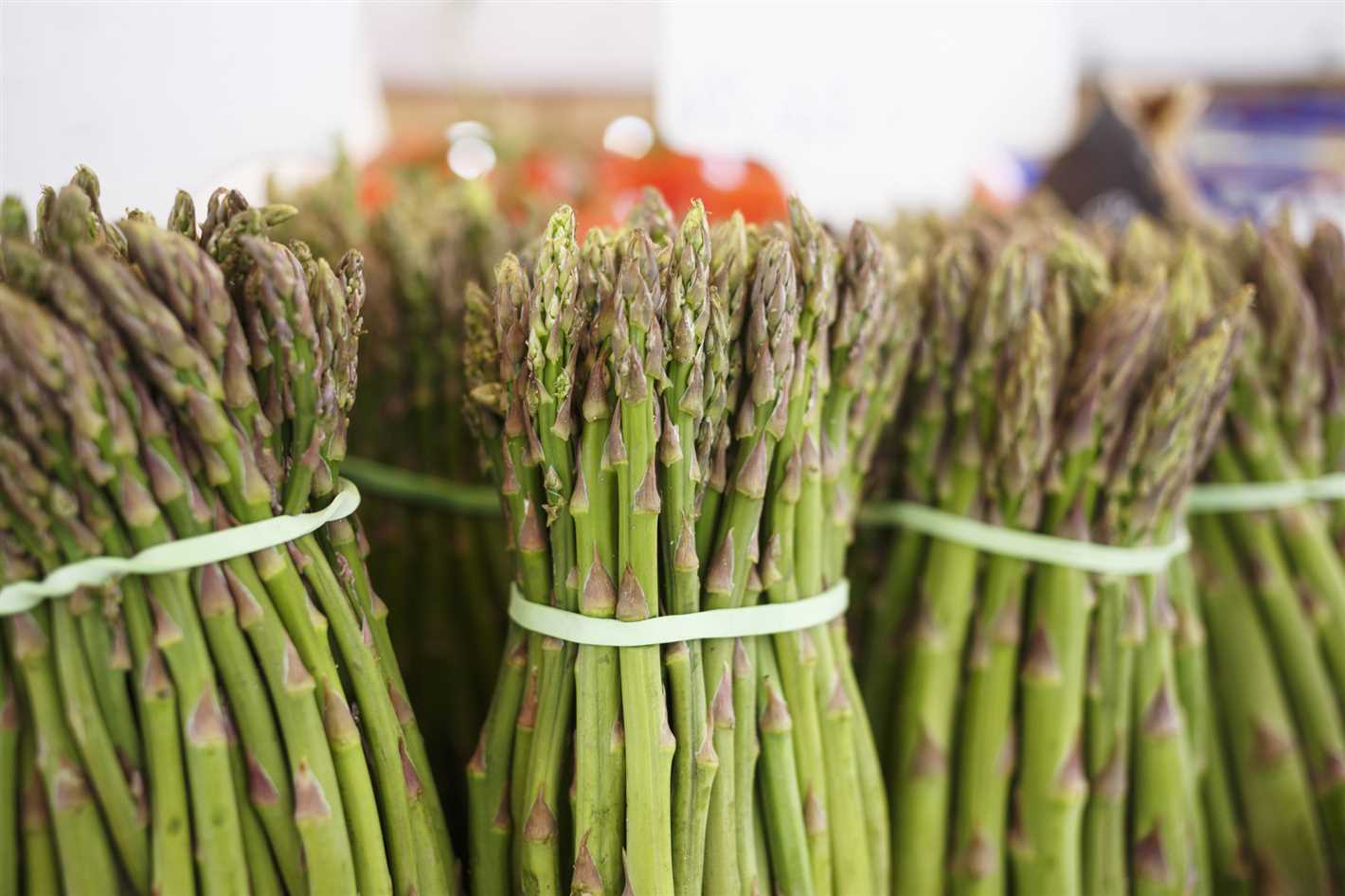
Nitrates are naturally present in the soil and are essential for the growth of plants. However, there are several factors that can contribute to higher nitrate levels in vegetables:
- Fertilizers: The use of nitrogen-based fertilizers can increase the nitrate content in vegetables. These fertilizers are commonly used in agriculture to promote plant growth and improve yield. However, excessive use of fertilizers or incorrect application methods can lead to an accumulation of nitrates in the soil and subsequently in the vegetables.
- Water: The quality of water used for irrigation can also affect nitrate levels in vegetables. If the water source contains high levels of nitrates, the plants will absorb these nitrates and accumulate them in their tissues. Additionally, over-irrigation or poor drainage can result in waterlogged soils, further increasing nitrate levels.
- Soil Conditions: Certain soil conditions can favor the accumulation of nitrates in vegetables. For instance, sandy soils have a lower water-holding capacity and are more prone to leaching, which can wash away nitrates and reduce their concentration in vegetables. On the other hand, compacted soils with poor drainage can trap nitrates, leading to higher levels in vegetables.
- Environmental Factors: Factors such as temperature, sunlight, and air pollution can also influence nitrate levels in vegetables. High temperatures and abundant sunlight can increase nitrate accumulation, as plants tend to convert more nitrate into nitrite under these conditions. Additionally, exposure to air pollution, particularly nitrogen dioxide, can contribute to higher nitrate levels in vegetables.
It is important to note that while nitrate levels in vegetables can be influenced by these factors, the actual health risk associated with nitrate consumption depends on various factors such as individual tolerance, overall diet, and cooking methods. Nevertheless, understanding the factors that contribute to nitrate levels in vegetables can help in implementing practices to reduce their presence and ensure the consumption of safe and healthy produce.
The Importance of Proper Vegetable Storage
Proper storage of vegetables is crucial for maintaining their freshness and nutritional value. When vegetables are not stored correctly, they can quickly deteriorate, leading to a loss of flavor and texture, as well as a decrease in their nutritional content. Additionally, improper storage can increase the risk of nitrate contamination, as nitrates are converted into nitrites more rapidly under certain conditions.
Key Factors in Vegetable Storage
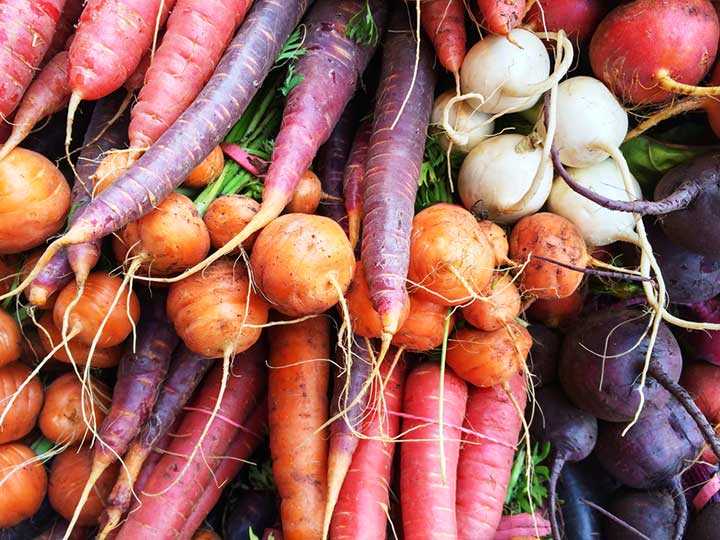
- Temperature: Most vegetables should be stored at temperatures between 32°F (0°C) and 50°F (10°C). This range helps slow down the degradation of nutrients and inhibits the growth of bacteria that can spoil the vegetables.
- Humidity: The humidity level in the storage area can greatly impact vegetable freshness. Vegetables that require high humidity, such as leafy greens, should be stored in a moist environment to prevent wilting. In contrast, vegetables that prefer low humidity, like onions and potatoes, should be stored in a dry area to prevent mold growth.
- Light: Exposure to light can cause certain vegetables, such as potatoes, to develop green spots and a bitter taste. It is best to store these vegetables in a dark place to prevent this undesirable effect.
- Air Circulation: Proper air circulation is necessary to prevent the buildup of moisture and the growth of mold on vegetables. Avoid storing vegetables in plastic bags or airtight containers that restrict airflow. Instead, use breathable containers or perforated plastic bags to maintain optimal air circulation.
Recommended Vegetables Storage Methods
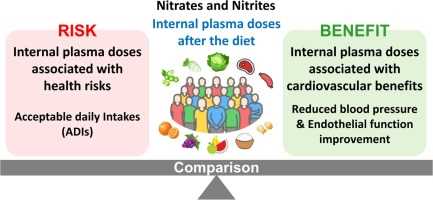
Below are some recommended storage methods for different types of vegetables:
- Leafy Greens (e.g., spinach, lettuce, kale): Remove any damaged or wilted leaves, place them in a perforated plastic bag, and store in the refrigerator’s crisper drawer. Alternatively, you can loosely wrap them in a damp paper towel to maintain moisture.
- Root Vegetables (e.g., carrots, beets, radishes): Cut off the green tops, place them in a plastic bag with holes, and store them in the refrigerator’s crisper drawer. Ensure they are not in direct contact with each other to prevent moisture accumulation.
- Onions, Garlic, and Potatoes: Store them in a cool, dry, and well-ventilated area, such as a pantry or cellar. Keep them away from direct light and do not store them near each other, as they can hasten each other’s spoilage.
- Tomatoes: It is best to store tomatoes at room temperature, away from direct sunlight. If they are not fully ripe, place them in a paper bag to speed up ripening.
- Herbs: Place fresh herbs in a glass of water like a bouquet and cover them loosely with a plastic bag. Store them in the refrigerator’s crisper drawer.
By following these storage guidelines, you can prolong the freshness, quality, and nutrient content of your vegetables, while also reducing the risk of nitrate contamination. Remember to regularly check your vegetables for any signs of spoilage and discard any that appear moldy or have an off odor.
Effective Cooking Methods to Reduce Nitrates
While it’s important to consume vegetables for a balanced diet, certain cooking methods can help further reduce the presence of nitrates in your meals. Here are some effective cooking methods to consider:
1. Steaming
- Steaming vegetables is a great way to retain the maximum amount of nutrients while reducing nitrate levels.
- When steaming, use a steamer basket or a metal colander over boiling water to cook the vegetables.
- Steam vegetables until they are tender, but not overcooked. Overcooking can deplete the nutritional value.
2. Boiling
- Boiling is another effective method to reduce nitrates in vegetables.
- When boiling, use a large pot of water to ensure that the vegetables are fully submerged.
- Bring the water to a boil and add the vegetables. Cook until they are tender, but make sure not to overcook them.
- After boiling, drain the water to remove any excess nitrates.
3. Blanching
- Blanching involves briefly immersing vegetables in boiling water, followed by immediate cooling in ice water.
- This method can help reduce nitrate levels while preserving the color, texture, and nutrients of the vegetables.
- To blanch vegetables, bring a large pot of water to a boil and add the vegetables. Cook for a short period, typically 1-2 minutes.
- Immediately transfer the vegetables to a bowl of ice water to stop the cooking process.
4. Roasting
- Roasting vegetables at high temperatures can help reduce nitrate levels.
- Before roasting, brush the vegetables with a small amount of oil to prevent them from drying out.
- Place the vegetables on a baking sheet and roast in the oven until they are tender and slightly caramelized.
- Avoid overcooking the vegetables to retain their nutritional value.
5. Grilling
- Grilling vegetables can also help reduce nitrates.
- Preheat the grill and lightly brush the vegetables with oil to prevent sticking.
- Cook the vegetables on a preheated grill until they are tender and have grill marks.
- Monitor the cooking time carefully to avoid charring or burning.
By utilizing these cooking methods, you can further reduce the presence of nitrates in your vegetables while still enjoying their nutritional benefits.
The Role of Organic Farming in Reducing Nitrates
Organic farming plays a crucial role in reducing nitrates in vegetables. By adopting organic agricultural practices, farmers can limit the use of synthetic fertilizers and pesticides, which are major contributors to the nitrate levels in crops.
1. Limited Use of Synthetic Fertilizers:
Organic farms prioritize the use of natural fertilizers such as compost, manure, and cover crops. These organic fertilizers release nutrients slowly, reducing the risk of nitrate leaching into the soil. By relying less on synthetic fertilizers, organic farming helps to minimize the accumulation of nitrates in vegetables.
2. Crop Rotation:
Another key practice in organic farming is crop rotation. This involves alternating the types of crops grown in a field each year. Crop rotation helps break the cycle of pests, diseases, and nutrient depletion while increasing soil fertility. By diversifying crops, organic farmers can reduce the demand for nitrogen and hence minimize nitrate contamination in vegetables.
3. Integrated Pest Management:
Organic farmers prioritize the use of natural methods to control pests, such as biological controls and cultural practices. By avoiding the use of synthetic pesticides, organic farming prevents the entry of excess nitrogen into the soil, minimizing the risk of nitrate accumulation in vegetables.
4. Soil Health and Nitrogen Fixation:
Organic farming focuses on maintaining soil health through practices like cover cropping and composting. These practices enhance the soil’s ability to retain nitrogen and reduce the reliance on external sources of nitrogen, such as synthetic fertilizers. Additionally, leguminous cover crops utilized in organic farming have the ability to fix atmospheric nitrogen, reducing the need for nitrogen inputs and decreasing nitrates in vegetables.
5. Strict Regulations and Certification:
Organic farming is regulated by strict standards and certification processes. Farmers who wish to label and sell their products as organic must meet specific requirements that include restrictions on the use of synthetic fertilizers and pesticides. These regulations help ensure that organic produce has lower nitrate levels compared to conventionally grown vegetables.
In conclusion, organic farming provides a sustainable and effective approach to reducing nitrates in vegetables. By utilizing natural fertilizers, crop rotation, integrated pest management, and promoting soil health, organic farmers contribute to the production of healthier and nitrate-limited crops.
Overall Strategies for Reducing Dietary Nitrate Intake
There are several strategies that can be implemented to reduce dietary nitrate intake and minimize the potential health risks associated with nitrates. These strategies include:
Diversify your vegetable choices:
Consuming a variety of vegetables can help reduce dietary nitrate intake. Different vegetables contain varying levels of nitrates, so by incorporating a diverse range of vegetables into your diet, you can decrease exposure to high levels of nitrates from a single source.
Choose organic or locally grown produce:
Organic and locally grown produce is typically cultivated using fewer synthetic fertilizers, which can result in lower nitrate levels. Additionally, organic farming practices often prioritize soil health, which can lead to lower nitrate accumulation in vegetables.
Carefully handle and store vegetables:
Proper handling and storage of vegetables can help reduce nitrate levels. Washing vegetables before consumption can remove some nitrate content. Storing vegetables in the refrigerator can also slow down the conversion of nitrates to nitrites, reducing the potential formation of harmful nitrosamines.
Cook vegetables properly:
Cooking vegetables can help reduce nitrate levels. Boiling vegetables, in particular, has been shown to effectively decrease nitrate content. However, it is important to avoid overcooking vegetables, as this can result in the loss of beneficial nutrients.
Limit processed and cured meats:
Processed and cured meats, such as bacon, sausages, and hot dogs, are known to contain high levels of nitrates as additives. Limiting consumption of these foods can significantly reduce dietary nitrate intake.
Consult with healthcare professionals:
If you have specific health concerns or dietary restrictions, it is advisable to consult with healthcare professionals, such as doctors or dietitians. They can provide personalized guidance on managing nitrate intake and offer advice tailored to your individual needs.
By incorporating these overall strategies into your daily routine, you can significantly reduce dietary nitrate intake and minimize the potential health risks associated with nitrates.
“Question-Answer”
Are nitrates harmful to our health?
Yes, nitrates can be harmful to our health if consumed in excessive amounts. High levels of nitrates have been linked to health problems such as methemoglobinemia, which can lead to oxygen deprivation in infants. Additionally, nitrates can react with certain substances in the stomach and form nitrosamines, which are known to be carcinogenic.
How do nitrates end up in vegetables?
Nitrates can enter vegetables through various sources such as fertilizers, animal manure, and contaminated water. When these substances are used in farming practices, they can release nitrates into the soil. The plants then absorb the nitrates through their roots, which can accumulate in the edible parts of the vegetable.
What are the health risks associated with consuming vegetables high in nitrates?
Consuming vegetables high in nitrates can pose several health risks. One of the main concerns is the potential formation of nitrosamines in the stomach, which are known to be carcinogenic. Additionally, high levels of nitrates can lead to methemoglobinemia, especially in infants, which can cause oxygen deprivation. It is important to limit the intake of vegetables with high nitrate levels to reduce these risks.
Are there any ways to reduce the presence of nitrates in vegetables?
Yes, there are several ways to reduce the presence of nitrates in vegetables. One method is to choose organic or locally grown produce, as they are less likely to contain high levels of nitrates. Another approach is to soak vegetables in water before cooking or consuming them, as this can help draw out some of the nitrates. Additionally, cooking vegetables can also reduce nitrate levels, as nitrates can be converted into other forms during the cooking process.
What are some vegetables that are typically high in nitrates?
Some vegetables that are typically high in nitrates include leafy greens like spinach, lettuce, and arugula, as well as root vegetables such as beets and radishes. These vegetables are often grown in nitrogen-rich soil or are known to accumulate more nitrates compared to other vegetables. It is important to be mindful of the nitrate levels in these vegetables and consume them in moderation.







